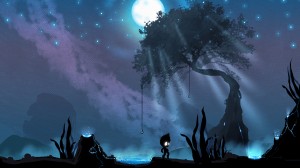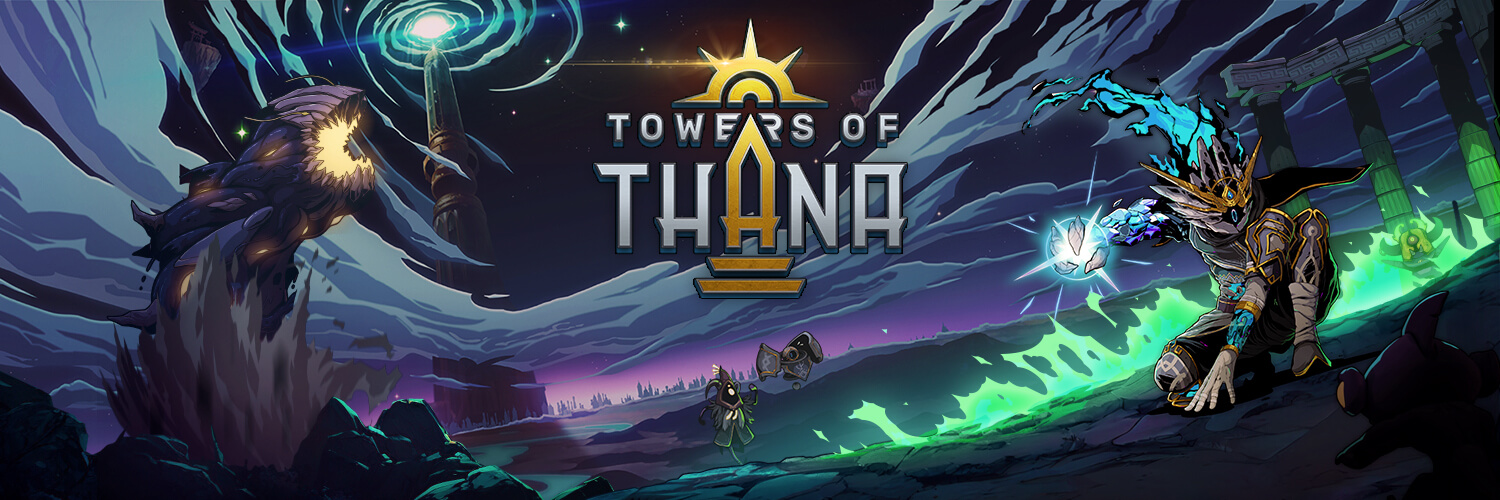Hello everyone.
Have you ever wondered what exactly makes a good video game? Since we started working on Light Fall, it is the question we constantly ask ourselves when we are at a standstill. There is, obviously, not one single answer to this question. Many elements make or break a game, and the way to rate these elements will differ from player to player. Some would prefer a game with multiplayer competitiveness, others would rather immerse themselves into an imaginary adventure…
To me, one answer always pops up when I ponder on this question for Light Fall: the plot. Yes, the story, the universe, the purpose of the characters and the reasons behind their actions. In this blog post, I will talk about the creative process behind the Light Fall universe and the plot of the game, as well as some general tips and observations about story writing.
Making sure the foundations are solid
I cannot stress this enough. Before going further into developing the story and the world of your game, make sure, and I mean 200% sure, that all your bases are covered and that the foundations of the plot are rock solid.
For Light Fall, we had to take a few steps back on different occasions, only to move forward in the end. What do you really want to convey with your story? With your game? What kind of emotions do you want the player to experience? What kind of lives do you want him to live through your characters?
Once the basics are decided, it is now time to start fleshing out the world and the characters.

Creating depth for your story
Now, in my opinion, this part is the coolest of the creative process: adding depth to your foundations. Imagine you just bought a new house, you have nothing so far… Sure you have a roof, walls, doors and windows, but the rooms are empty. What would you do? You would decorate it, you would buy furnitures, etc.
This is basically the same thing you do with your story. For Light Fall, we added stuff, alot of stuff… alot of cool stuff. First, we designed the different areas of Numbra, the continent where the adventure takes place: the Lunar Plain, the Unknown Depths, the Vipera’s Forest, the Marshland… Each region is unique and way different than the others, the landscape is different, the colors of the world, the enemies, the vibe, etc.
Then, we created characters, both friends and foes, that inhabit this strange land. See below: Can you tell if he’s a friendly chap or a brutal enemy?

Give or take… what is possible and what is not?
If having solid foundations represent the most important point of a good story, adding depth is a close second. Still, creating too many elements can sometimes become counterproductive. Depth and secondary elements should support your foundation, your plot and the message of your story. It should never distract the player from this goal, so learning when to stop adding things or which elements should you add to your game is important.
What message or lesson do you want the player to learn when he is done playing your game? What exactly is the meaning of your story? Always have these things in mind when you are adding depth, so it never becomes superfluous.
There is also a question of possibility. As a writer, I like to go on a rampage of crazy ideas and things we could implement into the game… until David, our programmer, calms me down and tells me what is realistic and what is not. This point really depends on the size of your team, the development time you have and the budget you possess. With unlimited means, there is, obviously, no limit to what you can do.
I remember at one point we had decided that our main character would possess two powerful abilities to help him in his adventure. I spent alot of time writing and explaining these powers and just making them fit nicely into the story (asspulls are the worst)… then we dropped them a few months later and moved on with the Shadow Core. It sucked… but it was necessary and the game is better this way now. This brings me to my final point…
Being humble and receptive to criticism
This is probably the best advice I can give. Writing a script of a video game, a book, a movie, or pretty much anything, is a back and forth process. You will never, and I mean never, write something perfectly on the first try. Hell, even Georges RR Martin scraps entire chapters of his books. Taking a step back and polishing some elements of your story will only make it better and more compelling to the audience in the long run.
You also have to stay humble and be able to receive criticism. You have no idea how many times I had what I thought to be a great idea, pitched it to the team, only to be told it was a bad idea or how they did not feel it like I did.
Sure, it pissed me off and still does sometimes, but with hindsight, I can understand and agree with their arguments. Making a game requires teamwork, and a good team should not be afraid to voice its concerns or disagrees with each other when necessary, all in the goal of creating the best game possible. This applies to every aspect of the development, obviously, not just writing.
If you’ve read to this point, welp thanks! It was a long wall of text.
See you guys soon!
-BEN
